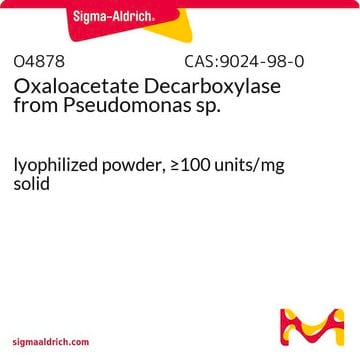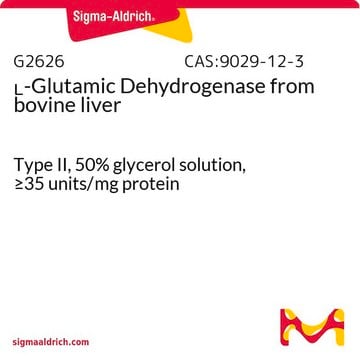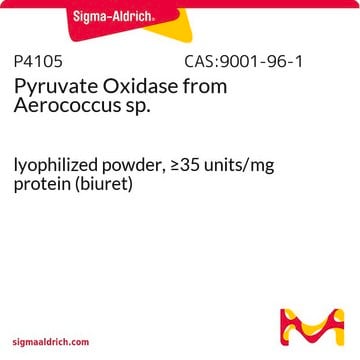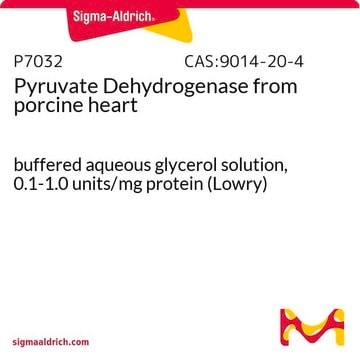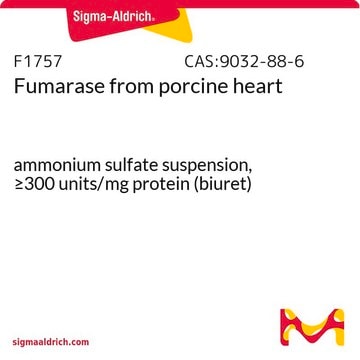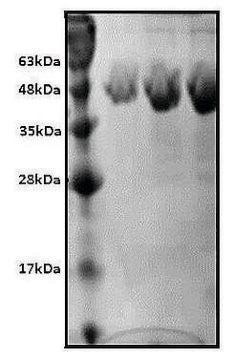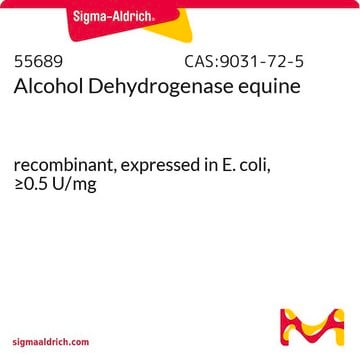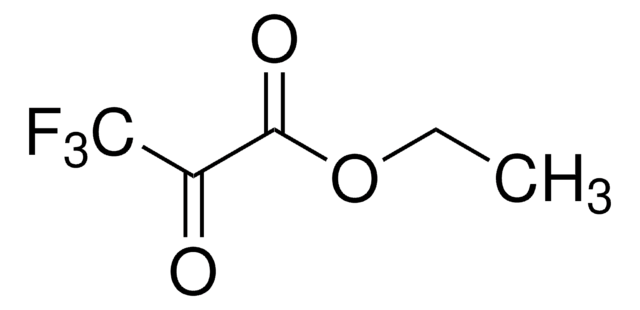P9474
Pyruvate Decarboxylase from baker′s yeast (S. cerevisiae)
ammonium sulfate suspension, 5.0-20.0 units/mg protein (biuret)
Sinónimos:
2-Oxo-acid carboxy-lyase
About This Item
Productos recomendados
form
ammonium sulfate suspension
specific activity
5.0-20.0 units/mg protein (biuret)
storage temp.
2-8°C
¿Está buscando productos similares? Visita Guía de comparación de productos
General description
application
Biochem/physiol Actions
Unit Definition
Physical form
Preparation Note
Storage Class
10 - Combustible liquids
wgk_germany
WGK 2
flash_point_f
Not applicable
flash_point_c
Not applicable
Certificados de análisis (COA)
Busque Certificados de análisis (COA) introduciendo el número de lote del producto. Los números de lote se encuentran en la etiqueta del producto después de las palabras «Lot» o «Batch»
¿Ya tiene este producto?
Encuentre la documentación para los productos que ha comprado recientemente en la Biblioteca de documentos.
Los clientes también vieron
Artículos
Instructions for working with enzymes supplied as ammonium sulfate suspensions
Nuestro equipo de científicos tiene experiencia en todas las áreas de investigación: Ciencias de la vida, Ciencia de los materiales, Síntesis química, Cromatografía, Analítica y muchas otras.
Póngase en contacto con el Servicio técnico